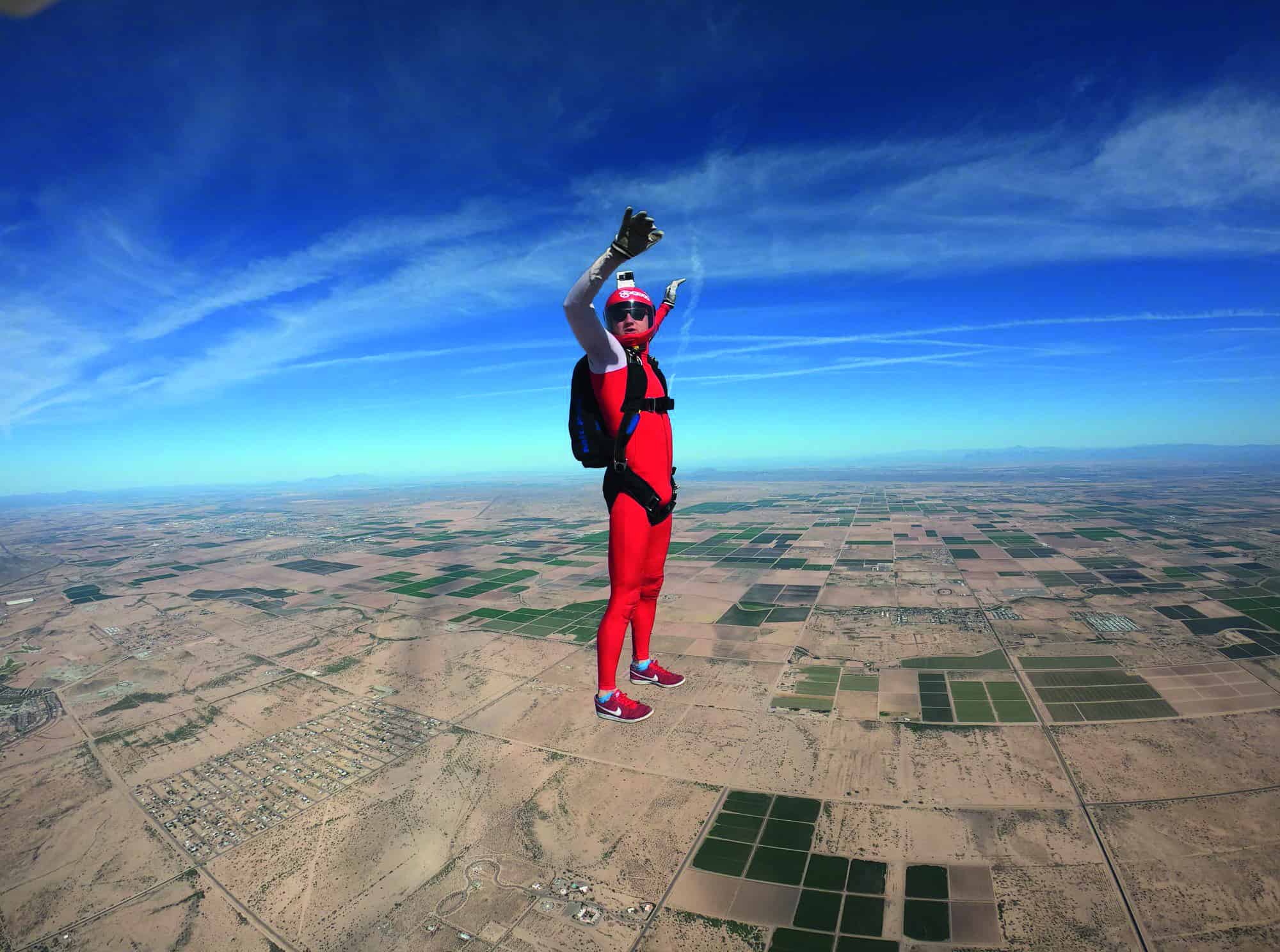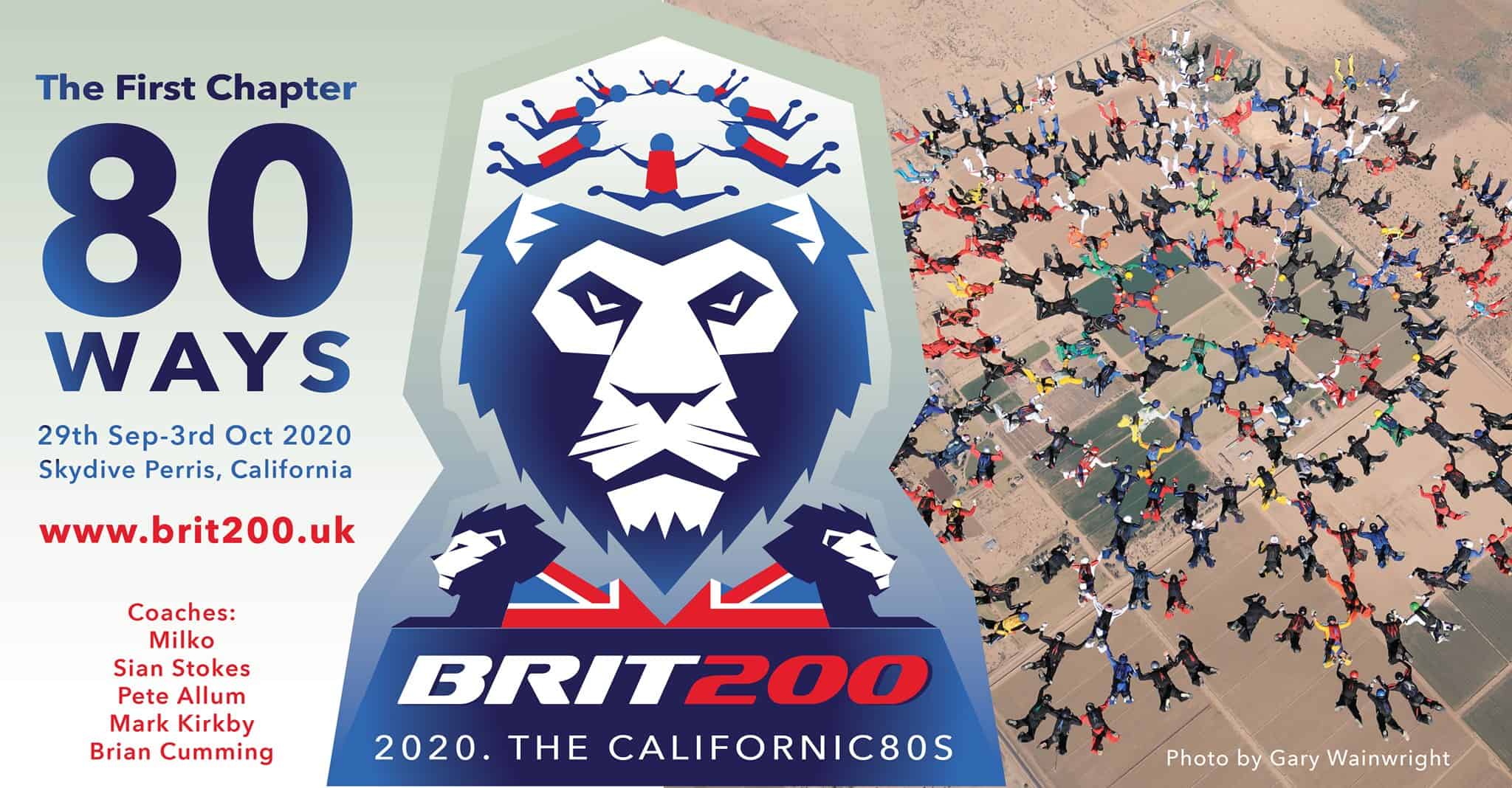How to Use the Concept of “Planform” To Make Good Decisions Without Melting Your Brain
By Karen Saunders
The vocabulary we use to talk about our nylon is, at best, complicated. No? And, in order to understand all the wacky configurations we stitch together to get down, it could be argued that it basically has to be.
But how do we start to understand what people on the dropzone are talking about when they refer to a canopy as “semi-elliptical” vs. “elliptical”? (For that matter, why do we assume everyone with an A-licence knows the difference?)
Remember: there was a time when jumping out of a plane with a “square” parachute was just about as edgy as it could get. Today, the landscape is orders of magnitude more complicated than that. Case in point: Performance Designs VP (and general Mage of Canopies) John LeBlanc has pointed out that PD canopy designers play with about 1,700 variables when creating their prototypes, which works out to literally millions of potential configurations.
The terms “elliptical” and “semi-elliptical” refer to one part of one subset of those millions of configurations: the planform. You may have heard the word “planform” bandied about, because as skydivers, we often use canopy planform categories as shorthand: a way to classify canopies in terms of their suitability at different levels of piloting skill. That said, there are stark limitations to using planform terminology alone to define performance; not the least of which being that planform names have become tightly tied up in the subject of “progression”, and that instructors, riggers and manufacturers all have their very own, bordering-on-religious ideas about what’s suitable for any given jumper.
Let’s get into the ground rules, shall we?

First of all: these terms – and the sciency art, or arty science, of canopy construction as a whole – has been evolving since the start, and will continue to do so. Be advised.
Second: it’s almost a rule that, when someone starts asking questions about canopy planforms, it’s because they’re planning on Doing a Thing. They need a “wingsuit-friendly planform” because they’re starting to get sick of the line twists; they’re about to book a bunch of canopy coaching, and they think they’ll be laughed off the load if they board with a big container; they’re scared of the canopy they have, and as they shop for a solution to their perennial grass stains, they start to invoke the holy names of planform as a prayer for better days.
Hear me, now: I am a Rigger/Examiner at the UK’s highest level. I am not a canopy coach; I have, however, been a coach in general, and in intimate contact with canopies, for a very long time. From the wisdom that long experience has proffered me, I must encourage you to set aside the goal-orientation somewhat to leave yourself more room for learning. There’s a whole lot of insufficient (or just plain bad) advice going around that takes a sharp shortcut and attaches particular planforms to particular outcomes. Being able to confidently throw around some planform terminology and know-how is important, but it will not on its own make you safer, more popular or more attractive.
Okay, with that out of the way, let’s start at the beginning:
What is a canopy’s planform?
Far from a general term for a given canopy’s design, “planform” simply refers to the shape of the wing when observed from directly above or below. In other words, when you gaze up at your parachute, what you see is essentially the planform shape.
What is not the planform? Here’s where it gets a little tricky, because – as you’ve noticed – folks on the dropzone mix up their terms quite a bit.

First of all, the shape of the leading edge of the canopy as viewed from the front is not the planform. That’s the “anhedral arc”: the arc formed by the lengths of the lines if, in some fantasyland, a canopy was to approach you directly head-on.
One more thing: while you’ll hear people on the dropzone merrily conflating the two terms, the airfoil is also not the same as the planform. The airfoil is what you’d see if you were able to see a crosswise slice of a canopy, taken from front to back.
Similarly, the planform is not the trim angle – the steepness at which the canopy is pointed towards the ground. Sure, that’s an important design factor, but it’s not part of the planform.
With all that aside, the fact is that it makes sense to categorise canopies in a way that helps skydivers understand what the canopy is designed to do when it’s loaded in a specific way. To that end, we generally plunk planforms into four general buckets. In order from “most appropriate for low-numbers jumpers” to “most appropriate for swoop-pond rooster-tailing”, these are: rectangular, semi-elliptical, elliptical and Schuemann.

Want to read more? Download the official Skydive the Mag app on either apple or android. Don’t want to download? Don’t worry. You can read the online version here.





